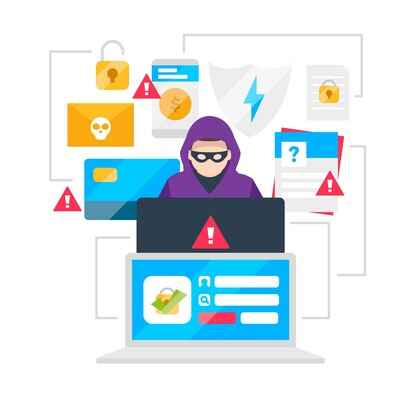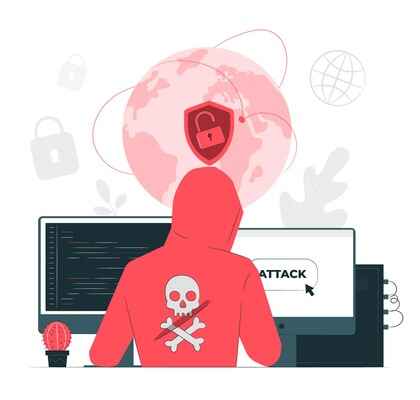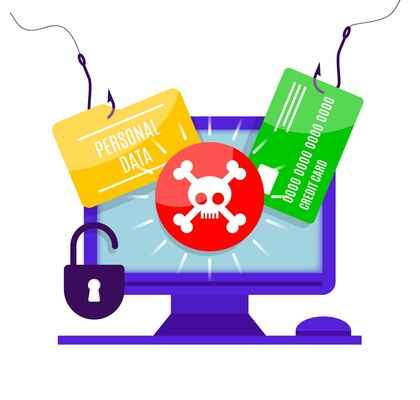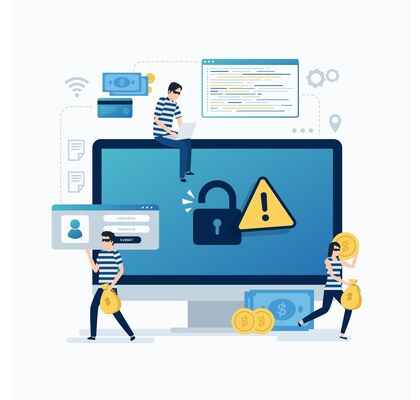Ransomware attacks have become one of the biggest cybersecurity threats in recent years. These attacks involve hackers infecting a victim’s computer with malware that encrypts their files, making them inaccessible. The hacker then demands a ransom payment in exchange for the decryption key. The consequences of a ransomware attack can be devastating for both individuals and businesses, as they may lose access to critical data or be forced to pay a large sum of money to regain control.
To protect yourself from a ransomware attack, it’s important to understand how they work and what steps you can take to minimize the risk. Here are some things you need to know:
How Ransomware Attacks Work
Ransomware attacks typically begin with a phishing email or a malicious link that a victim clicks on. Once the malware is installed, it will start encrypting the victim’s files, making them inaccessible. The hacker will then demand a ransom payment in exchange for the decryption key. The payment is usually requested in Bitcoin or other cryptocurrencies, making it difficult to trace.



Ransomware attacks can be devastating, as they can result in the loss of critical data and cause significant disruption to businesses and personal users alike. To protect against ransomware attacks, it is important to have a comprehensive cybersecurity strategy in place that includes the following measures:
- Regularly back up important data and store backups in a secure, offline location.
- Keep software and operating systems up to date with the latest security patches and updates.
- Use antivirus and anti-malware software to protect against known threats.
- Educate employees on cybersecurity best practices, including how to identify and avoid suspicious emails and attachments.
- Consider investing in a reputable ransomware protection solution that can detect and stop ransomware attacks before they can do harm.
When it comes to ransomware attacks, prevention is always better than cure. Don’t wait until it’s too late to secure your systems.
By taking these steps, individuals and organizations can greatly reduce the risk of falling victim to a ransomware attack. It is also important to have a plan in place for responding to a ransomware attack in the event that one does occur. This plan should include steps for identifying and isolating the infected systems, notifying law enforcement, and restoring data from backups.
What to Do if You Become a Victim of a Ransomware Attack
If you become a victim of a ransomware attack, it’s important to act quickly to minimize the damage. Here are some steps you can take:
- Disconnect your computer from the internet to prevent further spread of the malware.
- Contact a cybersecurity professional to help you remove the malware and recover your files.
- Report the attack to law enforcement authorities, such as the FBI or local police.
- Consider whether to pay the ransom or not. While paying the ransom is not recommended, some victims may choose to do so to regain access to critical data.

In conclusion, ransomware attacks are a serious threat that should not be taken lightly. By taking proactive measures to protect against these attacks, individuals and organizations can safeguard their critical data and minimize the impact of a potential attack.




This is a useful post for finding broken links within the website, what about links pointing outwards that are broken? I can use a free web service but wondered if this was possible.
Great tool! I am using a redirect plugin to send all my 404’s to my home page but I think it’s slacking sometimes.